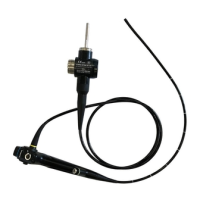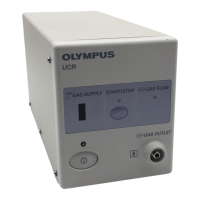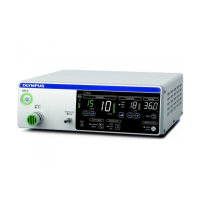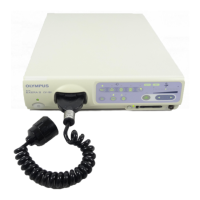• Never use the high-frequency EndoTherapy accessories for the BF-XP190
because the distal end of the BF-XP190 is not insulated. Patient injury may result.
• Always confirm that the tissue is an appropriate distance away from the distal end
of the endoscope. If high-frequency cauterization is performed when the distal end
of the endoscope contacts the tissue, patient injury, burns, bleeding, perforation,
and equipment damage may occur.
• Do not perform high-frequency cauterization while supplying oxygen. This may
result in combustion during cauterization.
• Always confirm that the electrode section of the electrosurgical accessory is at an
appropriate distance from the distal end of the endoscope. Confirm that the entire
green marking (in case of WLI observation mode) at the distal tip of the
electrosurgical accessory can be observed on the endoscopic image. If the
electrode is used when it is too close to the distal end of the endoscope, the
endoscope and/or ancillary equipment may be damaged. Patient injury, burns,
bleeding, perforation, and/or equipment damage may result.
Figure 4.8
• Be sure to contact the electrode section of the high-frequency EndoTherapy
accessory with tissue when performing high-frequency cauterization treatment to
prevent equipment damage and operator and/or patient burns.
• Improper connection between the patient plate and patient’s skin surface may
cause burns. For further details on the patient plate, refer to the patient plate’s
instruction manual.
• Do not perform high-frequency cauterization without gloves. Operator injury can
result.
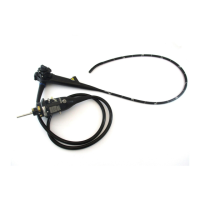
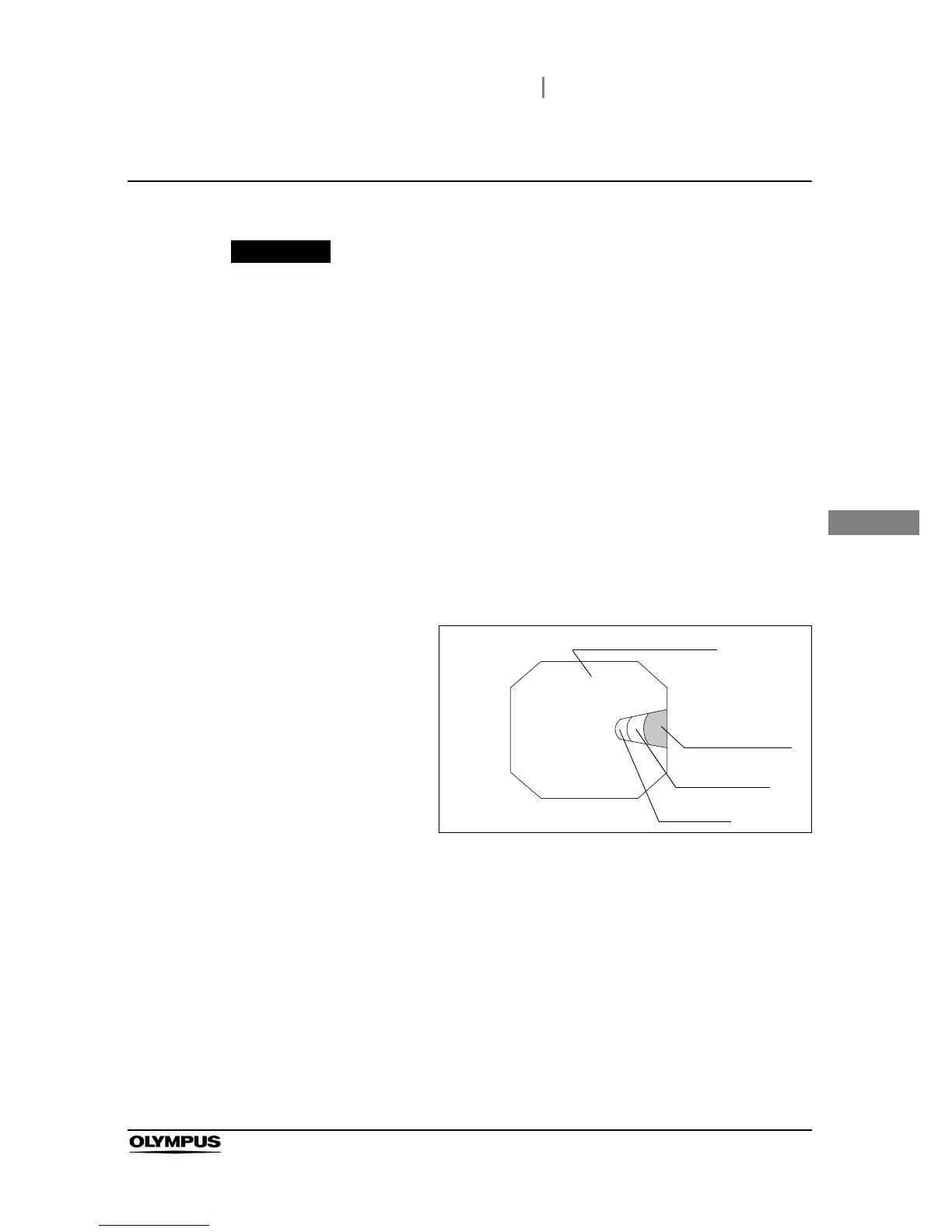